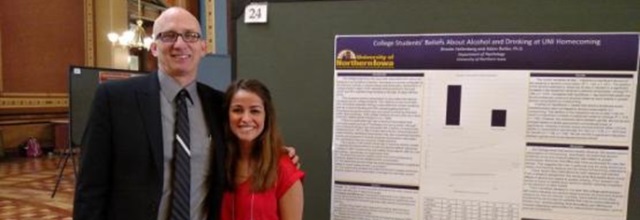Honors Program Theses
Award/Availability
Open Access Honors Program Thesis
First Advisor
Ira Simet
Abstract
Mitochondria are medium-sized organelles in which most cellular metabolic reactions are carried out. In postmitotic cells that are aged or diseased, such as myocardial, skeletal, and brain cells, abnormally large mitochondria ("giant mitochondria") are often observed. Mitochondrial size and shape are controlled by mitochondrial fusion and fission and disruption of this process may lead to their abnormally large size (Nauratil, Terman, Arriaga, 2008). These giant mitochondria exhibit variations from normal metabolism and altered membrane potentials (Nauratil et al., 2008). An increased number of giant mitochondria may therefore disrupt cell function (Nauratil et al., 2008). This accumulation may result either from the failure of macroautophagy to remove damaged organelles or from impaired fusion with normal mitochondria, which would allow repair by exchange of matrix contents. Since proteins such as mitofusin-1, mitofusin-2, and OP Al participate in fusion, their under- or overexpression could lead to the development of giant mitochondria (Nauratil et al., 2008). Measurement of the levels of these proteins in normal and giant mitochondria could provide insight into the development of giant mitochondria and their inability to fuse. This information could also be useful in understanding the aging of cells, in which giant mitochondria could play a prominent role.
Year of Submission
2009
Department
Department of Chemistry and Biochemistry
University Honors Designation
A thesis submitted in partial fulfillment of the requirements for the designation University Honors
Date Original
11-2009
Object Description
1 PDF file (32 pages)
Copyright
©2009 Adriann Hovey
Recommended Citation
Hovey, Adriann, "Preliminary Development of Quantitative Immunoassays for Mitochondrial Proteins" (2009). Honors Program Theses. 821.
https://scholarworks.uni.edu/hpt/821




Comments
If you are the rightful copyright holder of this thesis and wish to have it removed from the Open Access Collection, please submit a request to scholarworks@uni.edu and include clear identification of the work, preferably with URL.